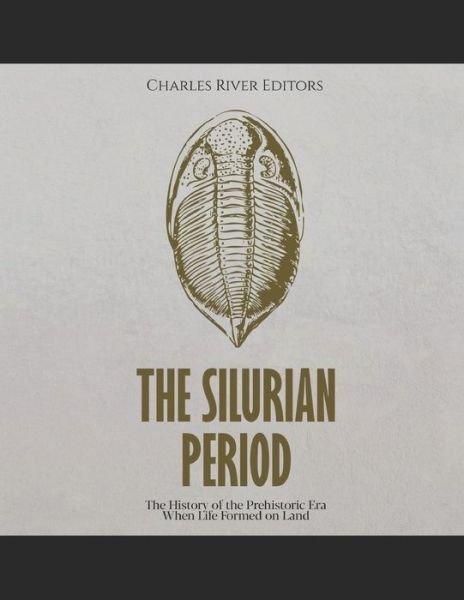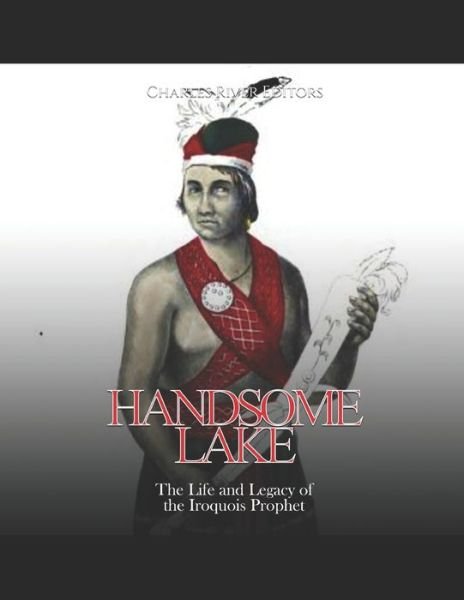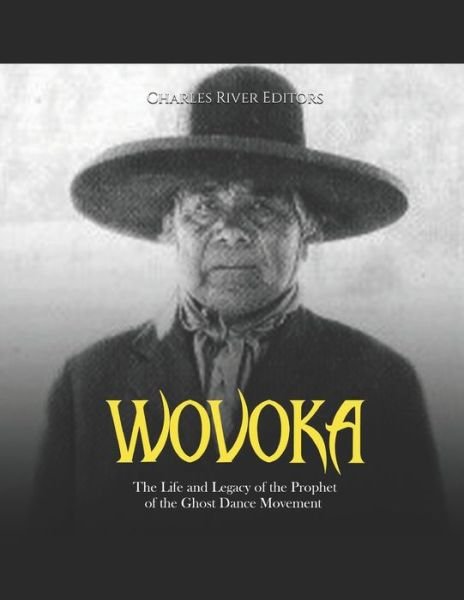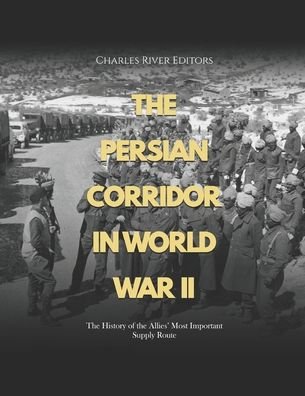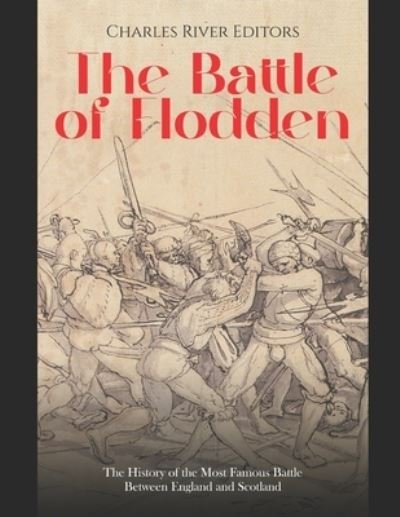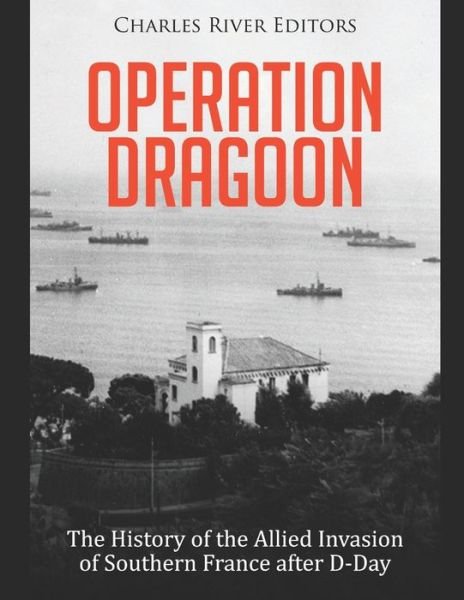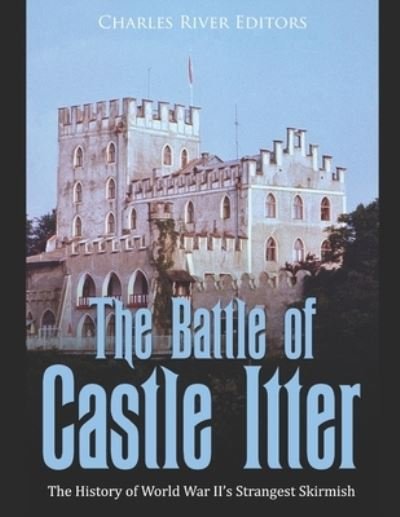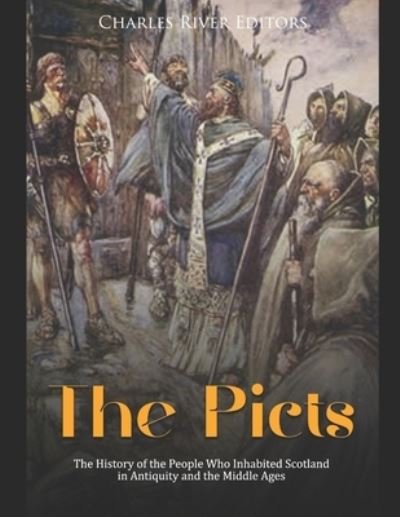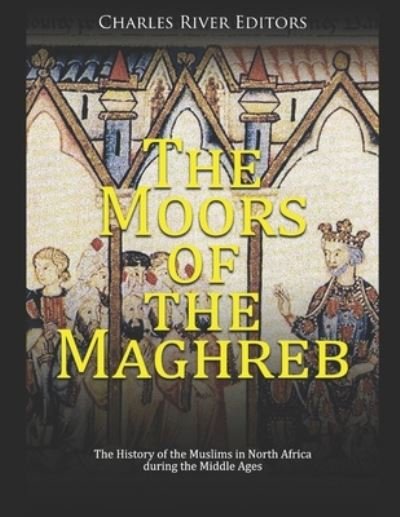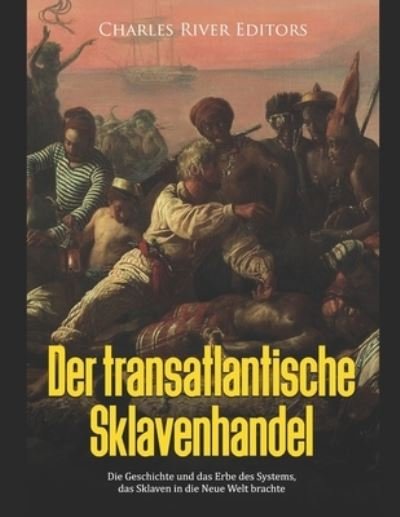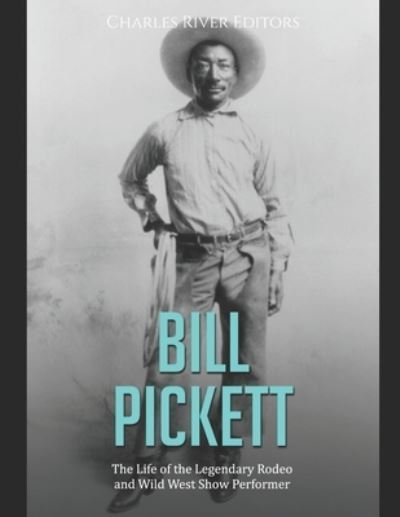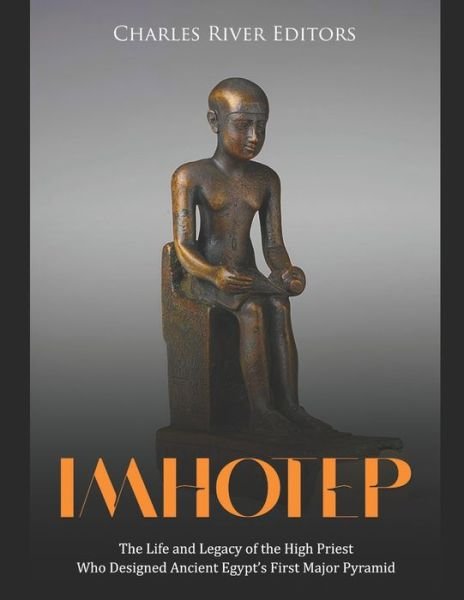
Powiedz znajomym o tym przedmiocie:
Little Turtle's War and Tecumseh's War
Charles River
Little Turtle's War and Tecumseh's War
Charles River
*Includes pictures
*Includes a bibliography for further reading
When the American Revolution ended, the United States and Britain reached an impressively comprehensive peace in the Treaty of Paris. Among the important terms of the treaty, Britain recognized the colonies as free and relinquished territorial claims to them. The two sides then negotiated the boundaries that separated the United States from the British colonies in present-day Canada. Additionally, the British and Americans strove to share certain waters, including the Mississippi River and the fishing waters off Newfoundland. Finally, the two sides made mutual promises regarding paying debts and returning property that had been confiscated during the war, including slaves.
Still, the Treaty of Paris was not without its problems. Almost immediately, individual states in America rejected certain provisions and ignored them outright, a hallmark characteristic of American federalism that would lead to the Civil War 80 years later. Other problems included disputes along the boundary with Canada, and the fact that American access to the Mississippi River was blocked after the British and Spanish signed a separate treaty that left Spain in control of Florida. Some of these problems would fester heading into the 19th century, and eventually the British and Americans would go to war again in 1812.
The new United States was faced with a fundamental problem: to expand, it had to settle lands to the west of the Appalachian Mountains, ceded to it by the British. However, the mountains were occupied by Native American groups who had no desire to make way for white settlers. The treaty had created a vast frontier for the fledgling nation, and any American settlers pushing west along it were bound to encounter hostile natives.
For the most part, the conflicts that followed consisted mostly of the Native Americans suffering defeat in the face of a better-equipped adversary, interspersed with binding treaties, which, on the side of the federal government, proved not very binding at all. Occasionally, however, there arose a Native American leader of such ability that such defeats were temporarily reversed, and Little Turtle, the war chief of the Miami tribe, was one such man. Under his leadership, a confederation of Miami and other tribes inflicted the worst defeat ever suffered by an American army in the newly independent nation. Almost a quarter of the Army's total strength was lost in a single battle, but while later Native American leaders such as Sitting Bull and Crazy Horse have become legends, Little Turtle is not as well-remembered. This is particularly odd, given that he actually defeated the American military and helped shape the development of the nascent United States and its military.
From the American Revolution up through the Battle of Tippecanoe, Native Americans in the Old Northwest (today's Midwestern states) had been putting up stout resistance to that region's settlement by white land speculators and settlers. Things came to a head when Tecumseh and his brother, the Prophet Tenskwatawa, spearheaded a movement in the region that greatly influenced the area's Native Americans. In 1806, Harrison began to publicly denounce Tenskwatawa to other tribal leaders, calling him a fraud and charlatan, but the Shawnee Prophet responded by accurately predicting a solar eclipse, which embarrassed Governor Harrison, and after this event, which tribal leaders took as a sign of Tenskwatawa's authenticity, his movement grew even more rapidly. By 1808, Tenskwatawa and his followers had moved west and founded a large, multi-tribal settlement near the confluence of the Tippecanoe and Wabash Rivers, called Prophetstown or Tippecanoe. Assisted by his brother Tecumseh, Tenskwatawa's settlement grew tremendously and eventually became the largest Native American settlement in the region.
| Media | Książki Paperback Book (Książka z miękką okładką i klejonym grzbietem) |
| Wydane | 19 marca 2020 |
| ISBN13 | 9798628372814 |
| Wydawcy | Independently Published |
| Strony | 172 |
| Wymiary | 216 × 280 × 9 mm · 412 g |
| Język | English |

 Świąteczne prezenty można zwracać do 31 stycznia
Świąteczne prezenty można zwracać do 31 stycznia


